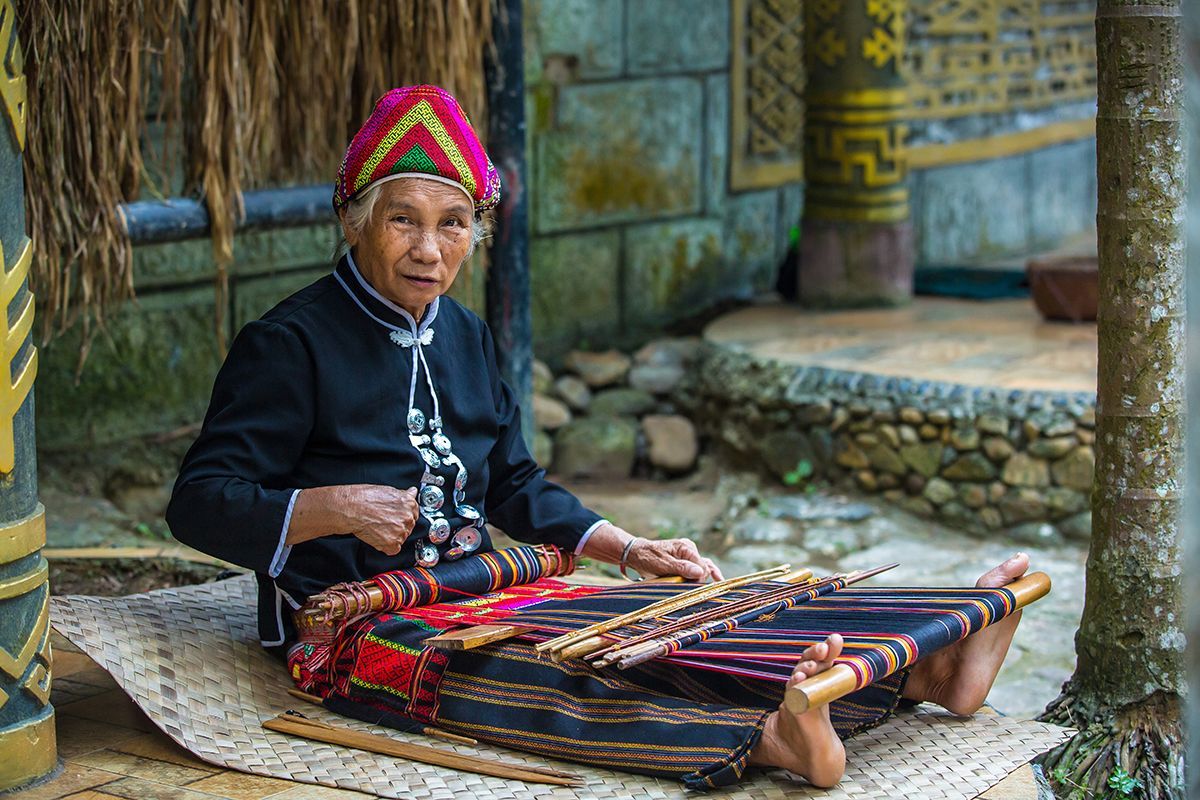© This article is an extract from Paul Hattaway's epic 656-page China’s Book of Martyrs, which profiles more than 1,000 Christian martyrs in China since AD 845, accompanied by over 500 photos. You can order this or many other China books and e-books here.
1918 - Frank Gilman
1918
Jiaji, Hainan
Faithful missionaries like Frank Gilman helped establish the gospel on Hainan Island. This group of tribal Christians was impacted by Gilman’s ministry.
Hainan Island is a little-known province of China located at the southern tip of the country. Originally the lush Island was occupied exclusively by the Li and Miao tribes. When a corrupt government official named Li Deyu was exiled to Hainan during the Tang Dynasty (618-907) he described it as “the gateway to hell.”
The first mention of Christianity on Hainan dates back to 1630 when Jesuit priests came from Macau and constructed a chapel in Fucheng. The very first missionaries sent out by the U.S. Presbyterian Mission Board were Dr. and Mrs. Charles McCandliss, who arrived on Hainan Island in 1885.
Frank P. Gilman joined them one year later, making his home at Jiaji. Gilman experienced great personal pain during his years on Hainan. He married his first wife, Marion, in 1885. For eight years they laboured together, during which time their two eldest children died of disease. The emotional and physical strain of the losses proved too much, and Marion Gilman returned to America for a time of recuperation. She suddenly died on September 16, 1899.
Gilman married again in 1903, this time to a woman who had suffered even more trauma than he had. His second wife, Mary, had married Rev. Wellington J. White in New York City. In 1881 they sailed for China, where three daughters were born to the couple. In July 1891, while on furlough in their homeland, Mary’s husband and eldest daughter Lilian were killed when their wagon was struck by an express train at Elmire, New York. The other children were seriously injured, and in 1892 the youngest girl died.
For several years Mary White was unable to contemplate returning to missionary work in China. Then, on November 26, 1903, she was married to Frank Gilman, at Amsterdam, New York. They enjoyed 14 years of married life together, until Mary died in 1917. She left a lasting spiritual impression on the people of Hainan Island. One obituary said,
“Her work was characterized by conspicuous devotion, unwavering activities and an intensity of purpose that led her to put herself constantly at the disposal of the people to whom she was ministering, and also the missionaries with whom she was associated. Mrs. Gilman will be remembered as a faithful worker who shared with others their every burden. Not only was she faithful in her work, but Mrs. Gilman’s temperament was conspicuous by its buoyancy and brightness. She was especially attractive to young people.”[1]
Less than a year after he tearfully buried his second wife, Frank Gilman unexpectedly received a martyr’s crown. The year of 1918 saw much social unrest across Hainan Island. Violence broke out as rival war lords fought each other. Gilman and long-serving missionary Henry McCandliss “sought to disarm soldiers who were hiding in the hospital. In the confusion, Gilman fell while climbing the compound rock wall. He died two weeks later from injuries sustained in the fall.”[2] Frank Gilman had faithfully served Christ in Hainan for 32 years. In his lifetime, “the work grew from practically no adherents to hundreds of members in central churches and small congregations. He was…the best known and the best loved Hainan missionary.”[3]

1. Chinese Recorder (January 1918).
2. Thompson Brown, Earthen Vessels and Transcendent Power, 201.
3. Thompson Brown, Earthen Vessels and Transcendent Power, 201.




